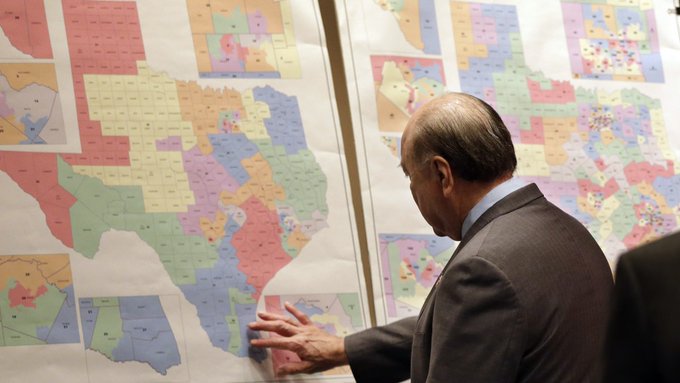Census Data Used to Draw Congressional Maps Unveiled; Census Data Release Starts Redistricting Scramble That Could Help GOP Win House
Census data used to draw congressional maps unveiled:
The Census Bureau unveiled its population data used to draft congressional and state legislative district lines on Thursday, teeing up redistricting battles across the country that could set the stage over which party has an electoral edge in controlling the House ahead of the midterm election cycle.
In addition to the detailed data being used for redistricting purposes, it plays a role in how $1.5 trillion in federal spending will be allocated over the next decade.
The long-awaited figures showed population growth at its second-lowest rate in history, increasing by just 7.4 percent over the last 10 years. While overall growth slowed, minority communities were shown to have driven the majority of gains in the United States, with non-Hispanic whites making up just under 58 percent of the population, down from 63.7 percent in 2010.
Hispanic or Latin Americans grew by 23 percent over the last decade, making up 18.7 percent of the country. The Asian American community also saw significant growth, with a nearly 20 percent increase since 2010, and the number of black Americans increasing by 2 million.
While non-Hispanic whites remained the largest racial group in the US, the population has decreased by 8.6 percent since 2010. —>READ MORE HERE
Census data release starts redistricting scramble that could help GOP win House:
Let the redistricting scramble begin.
The Census Bureau on Thursday will release the data used to draw voting districts, setting up a scramble of map-drawing and litigation ahead of the 2022 midterm elections that could influence the balance of power in the House.
The release of the detailed once-per-decade data was delayed due in part to the coronavirus pandemic, squeezing the timeline for legislatures and state commissions to draw and finalize the lines and maps before primary elections begin.
Some states will see bigger changes in their maps than others. The Census Bureau in April announced that seven of the House’s 435 congressional districts would shift states due to changes in population. Forty-four states will have an opportunity to chisel new lines, with six staying the same because they have only one at-large House member: Alaska, Delaware, North Dakota, South Dakota, Vermont, and Wyoming.
Working through the nitty-gritty details behind drawing lines cannot start until states have the detailed population information from the Census. Map-drawers must ensure roughly equal populations in each district and make the maps comply with Voting Rights Act requirements concerning race and ethnicity, among other regulations. —>READ MORE HERE







Comments are closed.